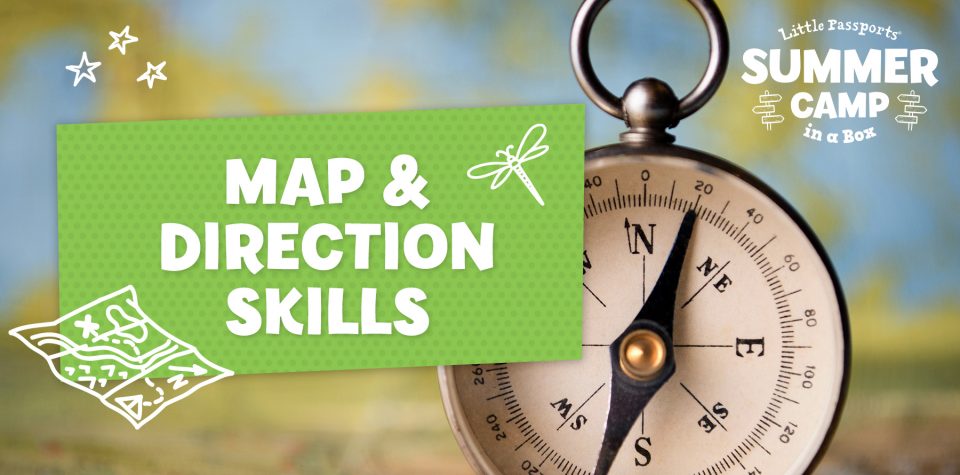
How to Use a Compass and Read a Map
Time to practice your map skills! Technology puts all sorts of tools at our fingertips, it might seem like maps and compasses are obsolete. But there are important reasons to teach these skills to kids:
- Reading maps supports the development of spatial reasoning – the ability to understand where places (and things) are in relation to each other.
- There are plenty of reasons why technology could fail, from a lack of mobile network coverage to a lost or broken device. Something as simple as running out of battery power can leave you feeling helpless.
- Using a compass is critical to staying safe in the great outdoors. It’s a good idea to keep one in your hiking backpack.
Become a Map-and-Compass Crackerjack
- Research different kinds of maps online or at your local library. Learn the difference between road maps, tourist maps and topographic maps.
- Look at the legend which tells what the map’s symbols and lines represent. For example, the legend will reveal what sort of lines show you walking trails, and which show you roads. The legend also shows the map’s scale. Scale is the ratio between a distance on the map and the actual distance.
- Look at the map’s compass rose which shows the four cardinal directions. Make sure your child understands the directions and their abbreviations (starting at the top and moving clockwise): north, east, south, and west. It helps to use a mnemonic device such as “No Eating Sugar Wafers”.
- Hand your child a compass and explain that the needle always points toward the magnetic north pole. Let them move around with it to see. Have them align the compass needle to the north direction on the compass.
- Now it’s time to practice with the compass and map. Make a map of your yard or somewhere in your home. It should contain an accurate compass rose. Decide a destination somewhere in the area the map covers, but don’t tell your child. Give them the starting point on the map and directions such as “5 steps south, 7 steps west”. See if they can follow the directions to reach the secret destination.
- Practice, slowly increasing the amount of steps, until they get good at it, then it’s their turn to give you directions. Make it fun with a theme, like pirates or spies!
SHARE THIS:
